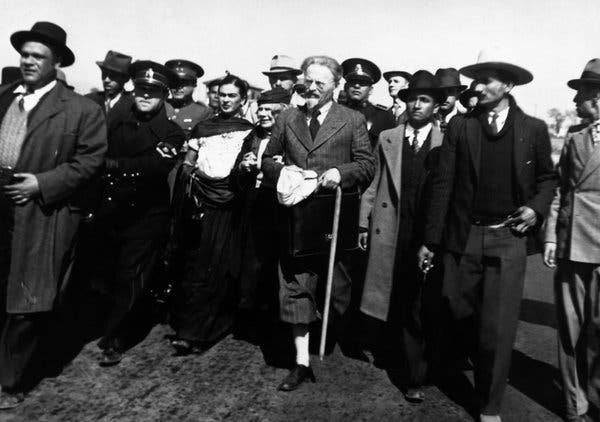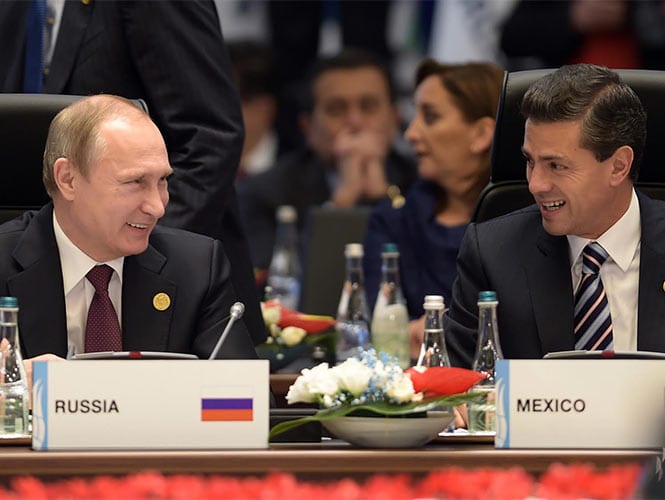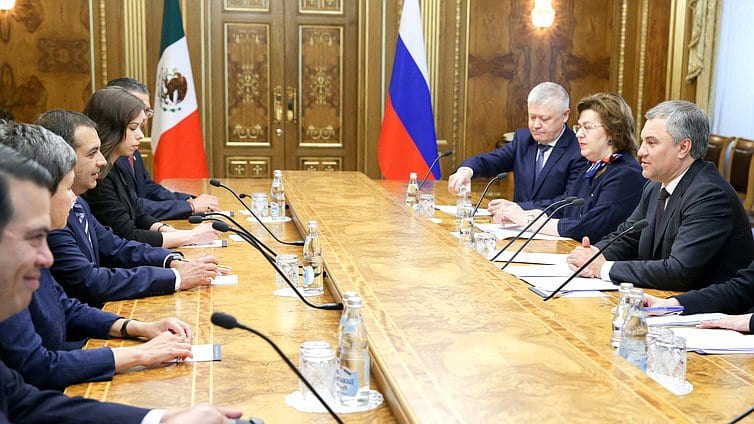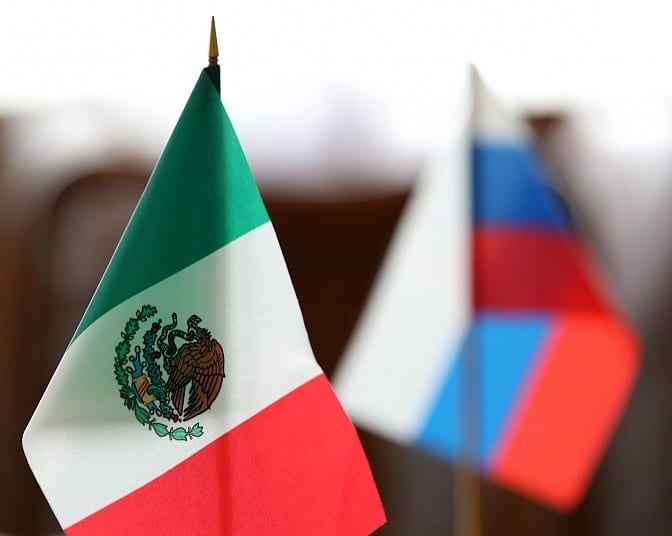Next year, Russia and Mexico will celebrate 130 years since the establishment of diplomatic relations. Russian-Mexican relations not only have a long history, but also have a unique character. How is Russia’s interaction with this Latin American country developing at the present stage? What should be expected in the near future in the framework of Russian-Mexican cooperation?
For over a hundred years, Mexico has remained one of Russia’s key partners in Latin America both at the regional level and in the international arena. A stable and constantly evolving bilateral interaction is based on long-standing relations built on friendly principles, mutually beneficial cooperation, respect for each other’s interests, as well as proximity or coincidence of approaches to many modern problems. The beginning of mutual contacts between the two countries dates back to the turn of the 18th-19th centuries. Bilateral diplomatic relations between Russia and Mexico were established in 1890.

After the October Revolution of 1917, the Soviet Union established diplomatic relations with Mexico on August 4, 1924. However, on January 26, 1930, they were torn apart and then restored in 1942. During his exile, Leon Trotsky moved to Mexico from Norway. The Mexican President Lazaro Cardenas (Spanish – Lázaro Cárdenas del Río) met him very cordially. In the Mexican capital, Trotsky lived in the house of the artist Diego Rivera.
In the early 30s of the XX century, diplomatic contacts between the USSR and Mexico were formally interrupted, but already in 1942 they were restored in full. It was in that year that the Soviet Union established the Soviet Embassy, the first then in Latin America. During the Second World War, the degree of Russian-Mexican interaction increased. Mexico was the only Latin American state to officially condemn fascist aggression against the Soviet Union in June 1941. After the end of World War II, the USSR and Mexico, together with the allies of the anti-Hitler coalition, initiated the creation of the United Nations. In 1943, the first bureau of the TASS news agency in Latin America was opened in the Mexican capital.
In 1968, Russian-Mexican interaction reached a new level. On May 30 this year, during the official visit of the Foreign Minister Antonio Carrillo Flores to the USSR, Mexico signed the “Agreement on Cultural and Scientific Exchange between the Union of Soviet Socialist Republics and the United Mexican States”. After the signing of this document, the bilateral legal framework strengthened, which subsequently contributed to the development of cooperation in the field of foreign policy, trade, economics, science, culture and sports.
In 1973, the Soviet Union was visited by the Mexican President Luis Echeverria Alvarez, which was the first official visit of the head of the Latin American state to the USSR. During the visit of the President of Mexico José López Portillo (Spanish – José Guillermo Abel López Portillo y Pacheco) to Moscow in 1978, the “Additional Protocol to the Tlatelolco Treaty” was signed, prohibiting the proliferation and storage of nuclear weapons in the Latin American region.

Over time, the practice of regular political contacts at various levels was established between Russia and Mexico. In 2004, the President of the Russian Federation made the first ever visit to Mexico City, followed in 2005 by a return visit by the head of the Mexican state to Moscow. Russian foreign ministers paid official visits to Mexico in 1996, 2005 and 2010. The heads of the Mexican foreign ministry visited Russia in 1997, 2000, 2008, 2011, 2017.
Inter-parliamentary contacts play an important role in strengthening Russian-Mexican cooperation. In 2013, during a visit to the Mexican capital, the Chairman of the Federation Council Valentina Matviyenko, a Cooperation Agreement between the upper houses of the parliaments of Russia and Mexico was signed. In turn, friendship groups operate in the lower houses of the parliaments of the two countries. On December 1, 2018, the inauguration of the President Andrés Manuel López Obrador was attended by the Deputy Chairman of the State Duma Olga Yepifanova, who conveyed to the Mexican leader congratulations and an invitation to Vladimir Putin to pay a return visit. In September 2019, on the sidelines of the 74th session of the UN General Assembly in New York, a meeting was held between the Russian Foreign Minister Serguéi Lavrov and the Mexican Foreign Minister Marcelo Ebrard (Spanish – Marcelo Luis Ebrard Casaubón).

Today, a number of Russian companies have representative offices in Mexico. For example, the state corporation “Rostec” (promoting the development, production and export of high-tech industrial products) and the Russian oil company “LUKOIL”. The activities of the Russian oil giant began in July 2015, when the company won the tender and received the development project for the Amatitlan block. In May of this year, the National Hydrocarbon Commission of Mexico approved the plan of the Italian company “Eni” and the Russian “LUKOIL” to exchange shares in three offshore projects in the Gulf of Mexico. In 2018, the official dealer of the “UAZ” automobile company in Mexico was opened.
According to economic analysts, the volume of trade between Russia and Mexico in 2019 reached $ 2.9 billion, which is a very high indicator. However, this annual mark is not so significant for countries with such potential as Russia and Mexico. Both countries are close in the ranking of countries in terms of GDP: Mexico ranks 15th, Russia – 12th. According to Russian and Mexican representatives, today the creation of and implementation of a joint trading strategy is a priority, because both countries still have a lot of work to do in the economic sphere.
In December 2020, Russia and Mexico will celebrate the 130th anniversary of the establishment of diplomatic relations. The Russian-Mexican interaction, as history shows, went through several stages that differ in their content. With the current international balance of power, as well as the assumption of the presidency of Mexico, the left-wing politician Andrés Manuel Lopez Obrador, Russia has the opportunity to move on to a fundamentally new stage, filled with a more intense complex. The development of closer bilateral cooperation is facilitated by the similarity and proximity of the positions of Russia and the Latin American state to the vision of the modern world order, a common interest in the democratization of global political processes, and adherence to the principles of international law and multilateralism.


